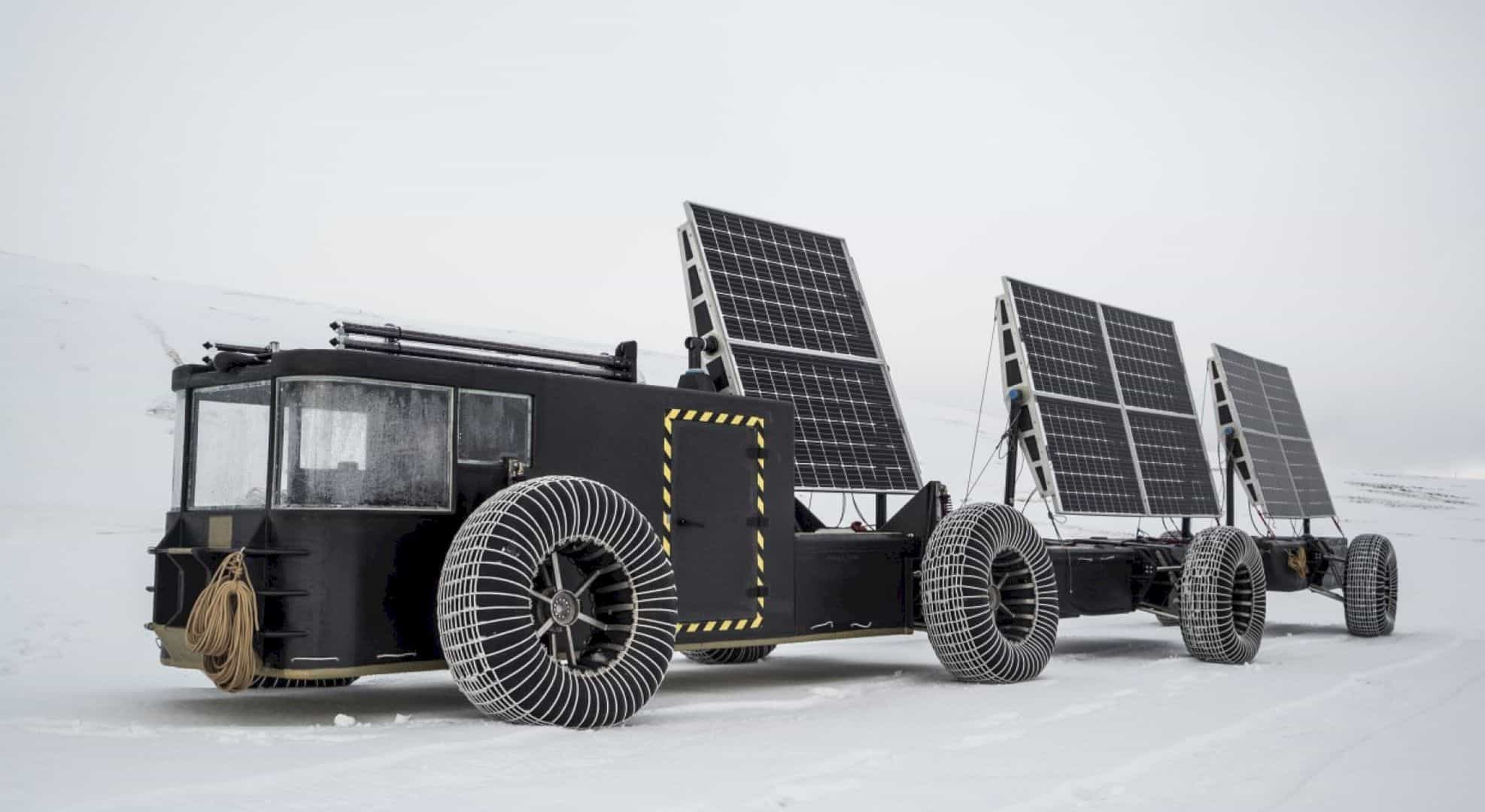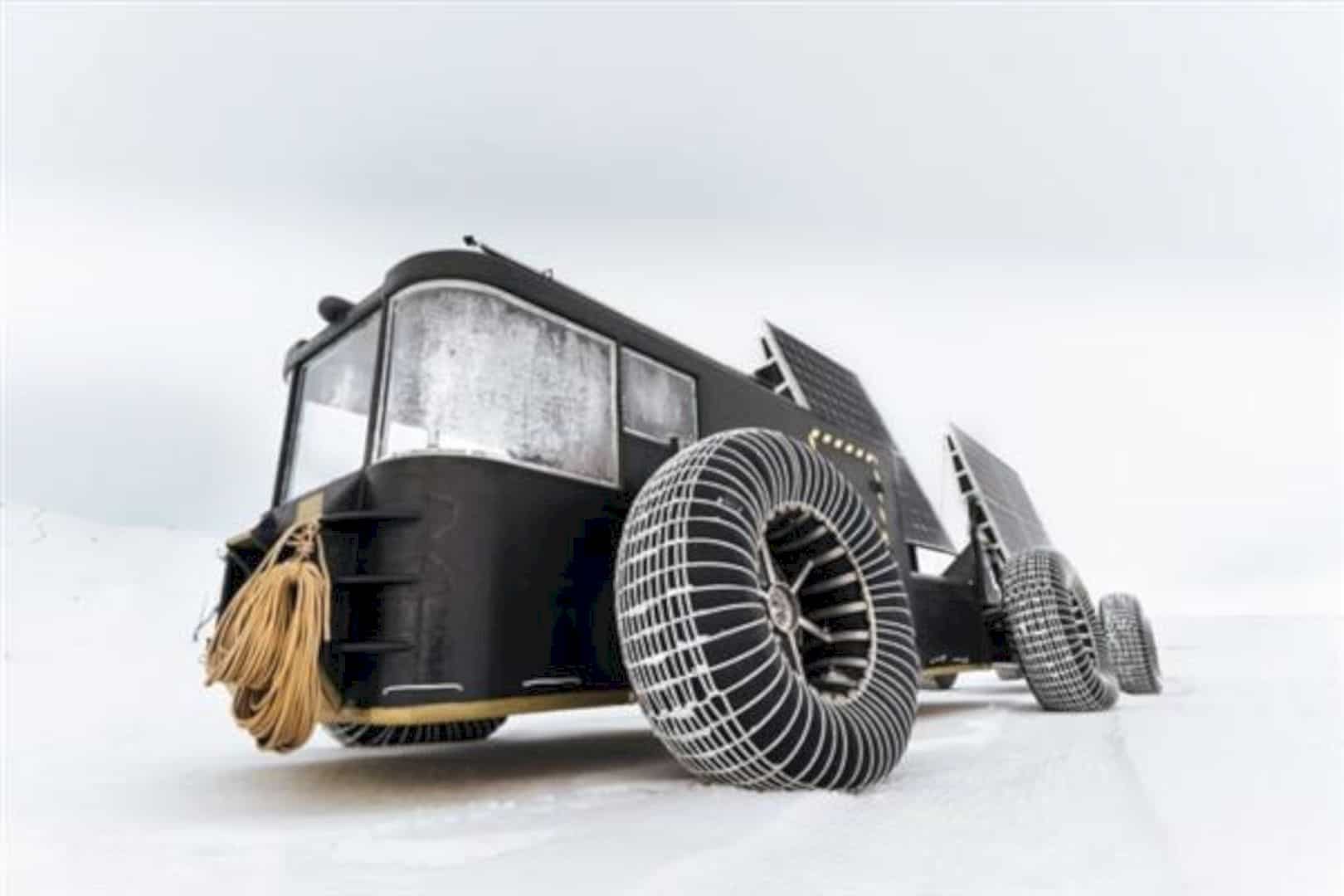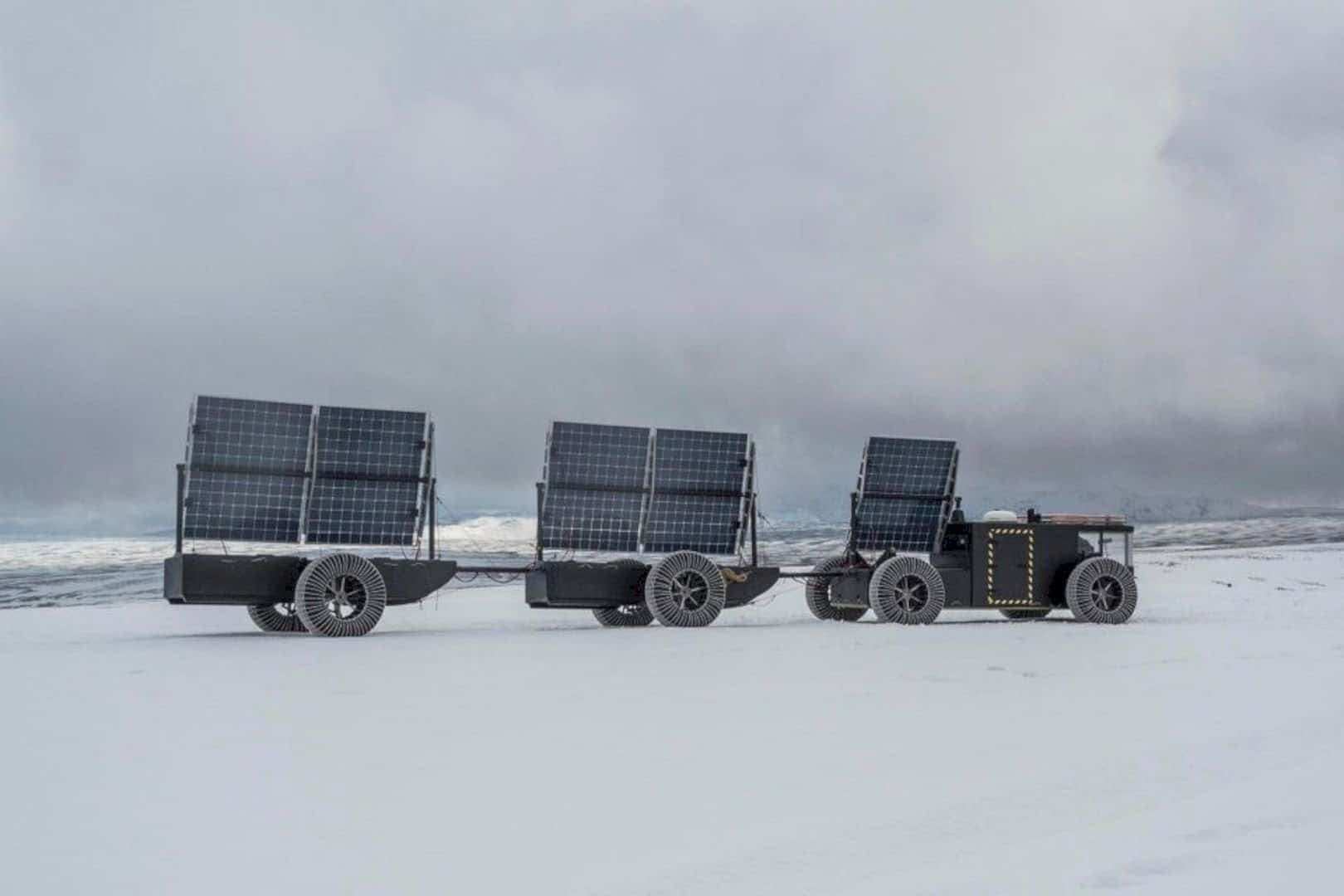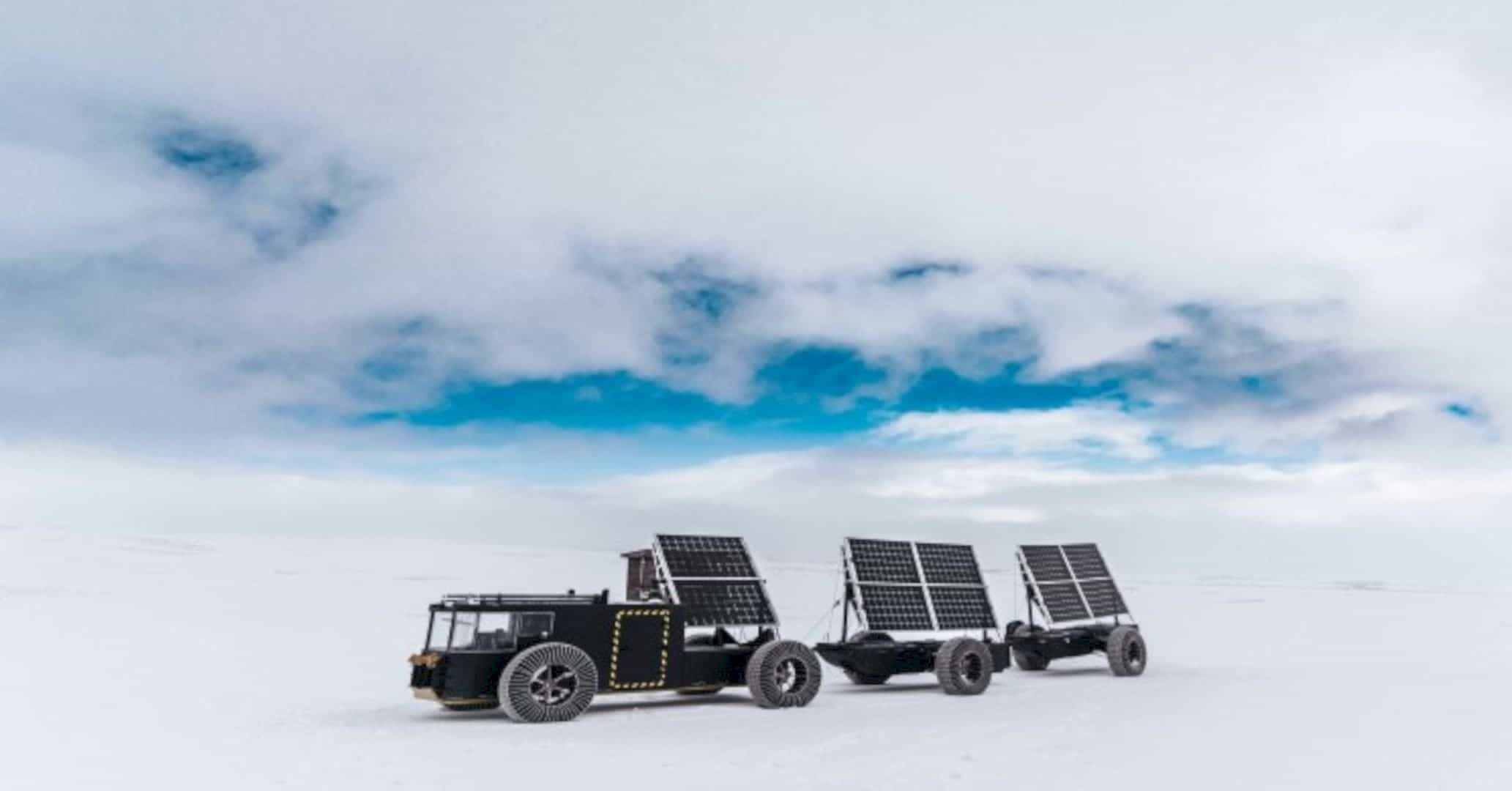Inspire by the idea of polar voyagers Marc Cornelissen and Wilco van Rooijen who drifted heading out to the South Pole in an off-road sun oriented fueled ship built essentially from reused plastic waste. Edwin and Liesbeth ter Velde, a Dutch couple from non-benefit supportable living association Clean2Antarctica is also doing their part and are set to make a 2,400 km venture in a 3D printed no-waste, no emission solar-powered vehicle.

Driving from Antarctica to the South Pole, the expedition is to draw attention to the Convention on the Conservation of Antarctic Marine Living Resources (CCAMLR), an arrangement to save Antarctica’s environment and its marine life. The 30-day adventure will start on November 27, 2018.
Specs

The body of the Solar Voyager comprises of “hex-cores” – a light and solid honeycomb-molded building square. The hex-cores are produced using reused plastic pellets sourced from a waste plant that was liquefied to make a fiber that sustained forty 3D printers.

16 meters in length, the Solar Voyager highlights 10 bifacial solar panels of 325 Watts limit each. The boards measure 99 x 175cm and weigh about 25kg each. It can get somewhat windy in Antarctica, so the boards can be pulled down amid antagonistic conditions.

While it has a 10kWh battery bank, this is just for crisis circumstances. It is normal the main part of the voyage will be controlled specifically by the sun, made conceivable by long light hours during this time – there are half a month around late December when the sun doesn’t set.

The vehicle has a carbon fiber skin and additionally covered in Twarwon, a material utilized in projectile verification vests, that will help shield the underside from sharp ice edges. The tires on Solar Voyager are basically simply substantial inward cylinders secured with Endumax netting.

Weighing in just shy of 1.5 tonnes, the vehicle will have a maximum speed of 8 km/h. The trailers bearing the solar panels will likewise go on as nourishment lockers, conveying enough sustenance for 47 days. Because of the conditions, vitality consumption required is roughly about 31,380 kilojoules per day.